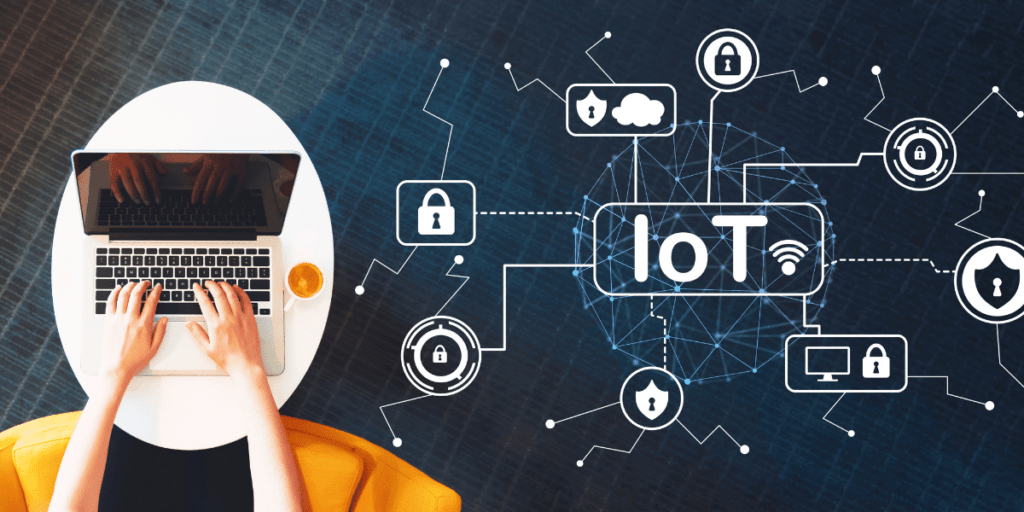The potential of IoT devices and their impact on industries such as healthcare, manufacturing, and transportation, as well as the challenges of ensuring security and privacy in the IoT ecosystem.
The Internet of Things (IoT) refers to the network of devices that are connected to the Internet and can communicate with each other.
These devices can range from simple sensors to complex machines and appliances, and they have the potential to revolutionize industries such as healthcare, manufacturing, and transportation.

In healthcare, healthcare providers can use IoT devices to monitor patient health and provide real-time data.
This can improve the accuracy of diagnoses and treatments, as well as reduce healthcare costs by enabling remote patient monitoring.
For example, wearable devices such as smartwatches can track a person’s heart rate and activity level, while smart inhalers can monitor a person’s use of medication and provide reminders.
In manufacturing, companies can use IoT devices to optimize production processes and reduce downtime. They can place sensors on machines to monitor performance and detect potential issues before they escalate.
This can improve efficiency and reduce maintenance costs. Companies can also use IoT devices to track inventory and improve supply chain management.
In transportation, IoT devices can be used to improve safety and efficiency. Connected vehicles can communicate with each other to avoid accidents and optimize traffic flow.
Governments and companies can place sensors on roads and bridges to monitor their condition and detect potential issues. They can also use IoT devices to track cargo and improve logistics management.
Despite the potential benefits of IoT devices, there are also challenges to ensuring security and privacy in the IoT ecosystem. With so many devices connected to the internet, there is a risk of unauthorized access and data breaches.
This can result in the theft of personal information and other sensitive data.
Securing the sheer number of devices poses a challenge. With billions of IoT devices in use, ensuring proper security for each one becomes difficult. Furthermore, the design of many IoT devices prioritizes low-cost and low-power considerations, thereby limiting their capability to implement advanced security measures.
Another challenge is the lack of standardization in the IoT ecosystem. There are many different types of devices, each with its unique protocols and interfaces. This can make it difficult to develop comprehensive security solutions that work across all devices.
One way to address these challenges is to use encryption and other security technologies to protect data. IoT devices can use encryption to ensure that data is only accessible by authorized users.
Companies can also use other security measures, such as firewalls and intrusion detection systems, to protect against cyber attacks.
Another way to address these challenges is to develop industry-wide standards for IoT security. This can include guidelines for device manufacturers and protocols for communication between devices.
Standardization can help ensure that manufacturers design IoT devices with security in mind and that these devices work together seamlessly.
Conclusion
It is important to educate users about the risks and best practices for securing IoT devices. This can include instructions for changing default passwords, keeping software up to date, and avoiding public Wi-Fi networks.
Users should also be aware of the types of data that IoT devices collect and how companies use it. 카지노사이트




